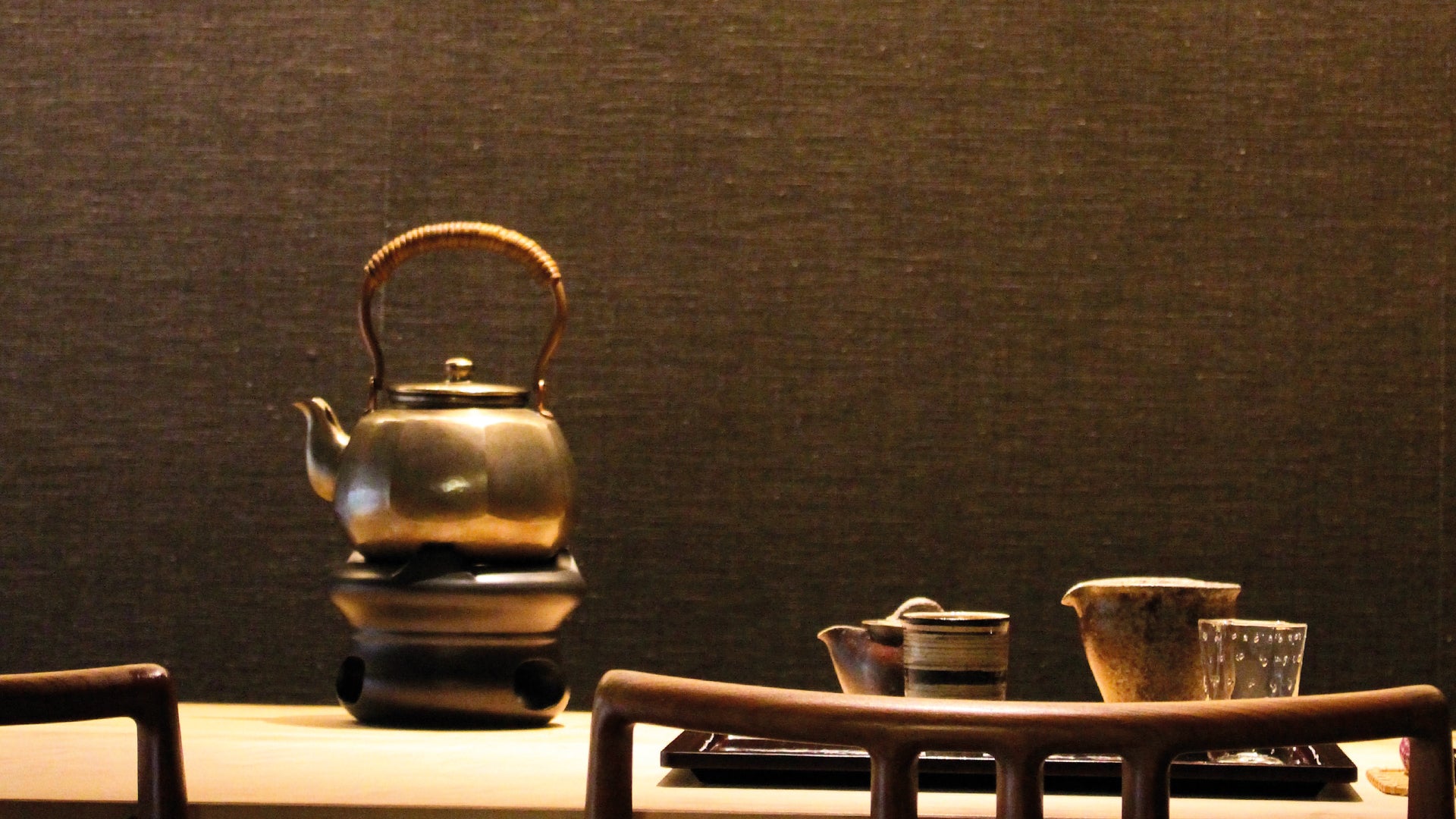
Japanese Ceramic Vases: Symbolism and Usage
An Object of Contemplation and Connection with Nature
Ceramic vases in Japan play a key role in the aesthetic and spiritual culture of the country. Beyond being extremely decorative objects, they are supports for an assertive artistic expression, notably through the art of ikebana , Japanese floral arrangement. A vase becomes a symbol of the intimate relationship between nature and art, a relationship that infuses all of Japanese culture.
The Role of Vases in the Japanese Home
Traditionally, ceramic vases are often placed in the tokonoma , an alcove dedicated to contemplation. The vase, accompanied by flowers, simple branches or devoid of any ornament, is carefully arranged to create an atmosphere of harmony and serenity. It serves to awaken the senses and invites reflection.
In the tea ceremony, vessels, called hanaire , are carefully chosen to hold simple floral arrangements, or chabana , that reflect the spirit of the season and harmony with the surrounding nature. Their surface, often marked by roughness and irregularities, is a tangible expression of wabi-sabi , which celebrates impermanence and imperfection. In addition to holding the flowers, hanaire play a spiritual role by inviting participants to meditate on the fragility of life and the fleeting beauty of things, in perfect harmony with the principles of Chanoyu .
The Evolution of Vases Over the Ages
Since the Heian period, ceramic vessels have evolved to meet the demands of ikebanashi , the masters practicing ikebana , as well as the needs of circles of scholars and aesthetes who sought to integrate vessels into their quest for harmony with nature. Potters (the tougeika 陶芸家, the most common term used to refer to a ceramicist or potter in Japanese. It includes both utilitarian artisans and those who make ceramics as an art form), experimented with asymmetrical shapes, rough textures, and natural glazes that react with firing to give each vessel a unique, often irregular, character.
Master potters such as Kanjirō Kawai , who explored simple forms and natural textures to enhance the aesthetic of ikebana; Motohiko Ito , known for his organic vases that capture the essence of nature; and Yoshiro Kimura , who fuses tradition and modernity in clean-lined works, have redefined vase art in Japan. Contemporary ceramicists such as Kazuhiko Sato , whose designs are rooted in the imperfect beauty of wabi-sabi , and Hiroaki Morino , known for his elegant and sophisticated pieces, continue to explore this balance between tradition and innovation, creating vases that are deeply connected to nature and floral art. You can explore our curation of Japanese Master Vases here .
Vases and Ikebana: A Spiritual Alliance
Ikebana, the art of flower arrangement, has a symbiotic relationship with the ceramic vase. The choice of the vase is as important as the flowers themselves. Its shape, color and texture must complement the arrangement and contribute to the visual harmony of the whole. The ceramic vase is therefore not just a container, but an integral part of the floral work.
But even without flowers, a sublime ceramic vase exudes balance and serenity, dressing a room with a silent and majestic presence. For centuries in Japan, it has captured the eye with the purity of its lines and the harmony of its imperfections; and even today, in our modern interiors, it remains an object of admiration, timeless and delicate, embodying the essence of beauty in simplicity.
Vases, Reflections of the Artisan's Soul
Japanese ceramic vases embody the beauty of nature and the spirit of the artisan who created them. Each vase, whether simple or ornate, becomes a work of contemplation, a window into the harmony between man and nature. These objects remain essential elements of Japanese culture today, both functional and deeply symbolic.



















